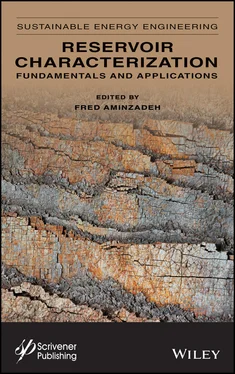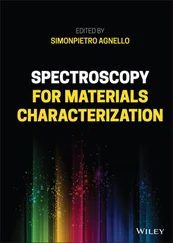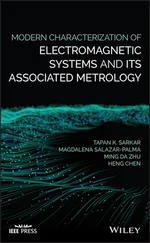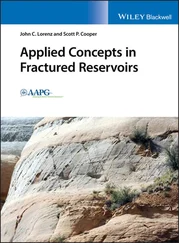It should be understood reservoir characterization is an evolving technology. It is our hope that this volume will be a meaningful addition to the current body of literature and will help pave the way for further advances on the subject matter in the future.
Fred Aminzadeh
Santa Barbara, California
September 22, 2021
Part 1 INTRODUCTION
1
Reservoir Characterization: Fundamental and Applications - An Overview
Fred Aminzadeh
FACT Inc., Santa Barbara, CA, USA
Abstract
This article provides a brief overview of reservoir characterization at different stages of a field from exploration to development to production and post primary production. It demonstrates the challenges associated with integration of different data types. It also shows how “Dynamic Reservoir Characterization” can assist in monitoring of the field for various well stimulation processes such as enhanced oil recovery as well as reservoir stimulation. Different sections of this entry attempt to highlight different aspects of reservoir characterization, as an exploration tool, development tool, production tool and monitoring tool. As reservoirs age, different measures are taken to extend their productive life. This includes different types of reservoir stimulation and enhanced oil (or gas) recovery.
Keywords : Reservoir characterization, data integration challenges, 3D/4D seismic, micro-seismic data, reservoir monitoring, dynamic reservoir characterization, rock physics and enhanced oil recovery (EOR)
1.1 Introduction to Reservoir Characterization?
As discussed in Aminzadeh and Dasgupta [2], Reservoir Characterization is to assess reservoir condition and its properties using the available data from core/log data to seismic and production data. This is done to assist in delineating or describing a reservoir. Reservoir characterization and modeling have become increasingly important for optimizing field development.
Reservoir valuation and producing from a field demands a realistic description of the reservoir, requiring an integrated reservoir characterization and modeling. An integrated approach for reservoir modeling bridges the traditional disciplinary divides and tears down interdisciplinary barriers, leading to better handling of uncertainties and improvement of the reservoir model for field development. Integrated reservoir management requires better characterization of the reservoir and it is imperative to a successful operation throughout the life of the reservoir. Dynamic reservoir characterization is to understand the changes in reservoir properties to monitor its performance as we produce from reservoir and/or stimulate the reservoir to enhance production. This is accomplished by the analysis of data from combination of different sources, to extract additional information about the in-situ conditions of the reservoir, including the formation temperature, pressure, and the properties of the oil, gas, and brine. Other reservoir properties that can affect measured data are density, hydrocarbon viscosity, stresses, and fractures. We start with the reservoir description process that generates models of reservoir architecture, lithologies and facies. The geometry of the flow units is established, physical rock properties such as porosities and permeabilities of flow layers. Three properties are related to the pore space: porosity--the fraction of the entire volume part occupied by pores, cracks and fractures, internal surface: the magnitude of the surface of pores as related to the rock mass pore volume and controls interface-effects at the boundary grain - pore fluid, permeability: the ability to flow fluid through rock pores. Porosity and specific internal surface are scalar properties, permeability is a tensor.
Figure 1.1shows integration of reservoir structure or architecture and reservoir detailed properties from calibration with well data for the reservoir model. Reservoir description is an iterative process and need.
Different aspects of Figure 1.1, from the input data to the process (well data, seismic data, production data, etc.) will be discussed in Section 1.2on the data requirements. The difficulties associated with the integration of different data sources will be addressed in Section 1.3, under “SURE Challenge”. In Section 1.4we discuss different aspects of reservoir characterizations fin different stages of reservoir life. The exploration and development stage deal with preliminary determination of the reservoir structural model, stratigraphic and facies models. This is followed by the production phase with a focus on porosity, permeability and fluid saturation, involving reservoir/flow simulation and history matching. The recovery stages involve injection of water/CO 2or steam to increase production. We discuss Dynamic Reservoir Characterization (DRC) in Section 1.5. We note that 4D seismic and microseismic data play an important role in geo-model updating monitoring production and the EOR/reservoir stimulation process. Sections 1.6goes into more details on rock physics and reservoir modeling and how reservoir characterization can be used as an input to reservoir simulation and help with enhanced oil recovery and other well stimulation processes.
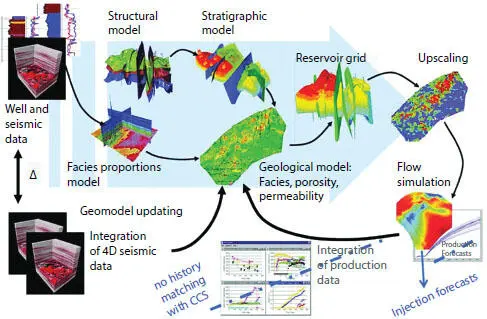
Figure 1.1 Different components of reservoir characterization, from Fornel and Estublier [5].
1.2 Data Requirements for Reservoir Characterization
Well data provides vertically high-resolution model at the well location, however, the distribution of well in a field are sparse. Combining well information with geophysical and geological data allows the necessary constraints for extrapolating high resolution well data beyond where they are measured thus increasing the coverage. For every phase of the reservoir life cycle from discovery to development to operating to maturity and well stimulation (enhanced oil recovery) phase, geophysical tools are used to create reservoir model with the associated properties and update the model based new data collected.
Integration of geophysical data with geologic data, and engineering measurements improves our understanding of the reservoir, reduces uncertainties and mitigates the risk. The detailed spatial coverage offered are calibrated with analysis of well logs, pressure tests, cores, fracture system, geologic depositional knowledge and other information from appraisal wells. 3D seismic is the primary geophysical technique used to create the original reservoir models. 4D seismic (time lapse data) and other new measurements (micro-seismic, new log/pressure data and production data help create updated (dynamic) reservoir model. In addition, gravity, controlled source EM, borehole measurements such as vertical seismic profiling-VSP, borehole gravimeter-BRGM, cross well seismic, cross well EM are also used to build the original and updated reservoir models.
The required information for the petroleum engineers and geologists includes subsurface lithology, net pay, porosity, permeability, reservoir fluid-fill, fluid contacts, reservoir pressure and stress regime. Geophysical tools infer reservoir properties from the measured physical observations by blending these with measurements made at the wells like well logs, well tests and core analyses. During the field appraisal and development stages, understanding of the reservoir matrix properties and fluid distribution within the reservoir are of great importance.
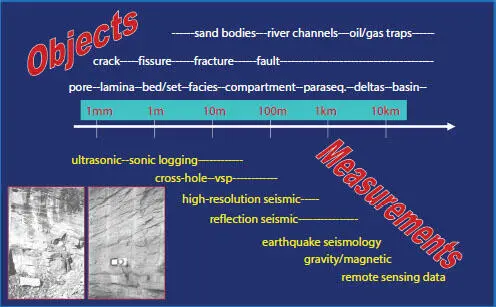
Figure 1.2 Wide range of physical scale for different data types associated with different geological and reservoir features.
Читать дальше
